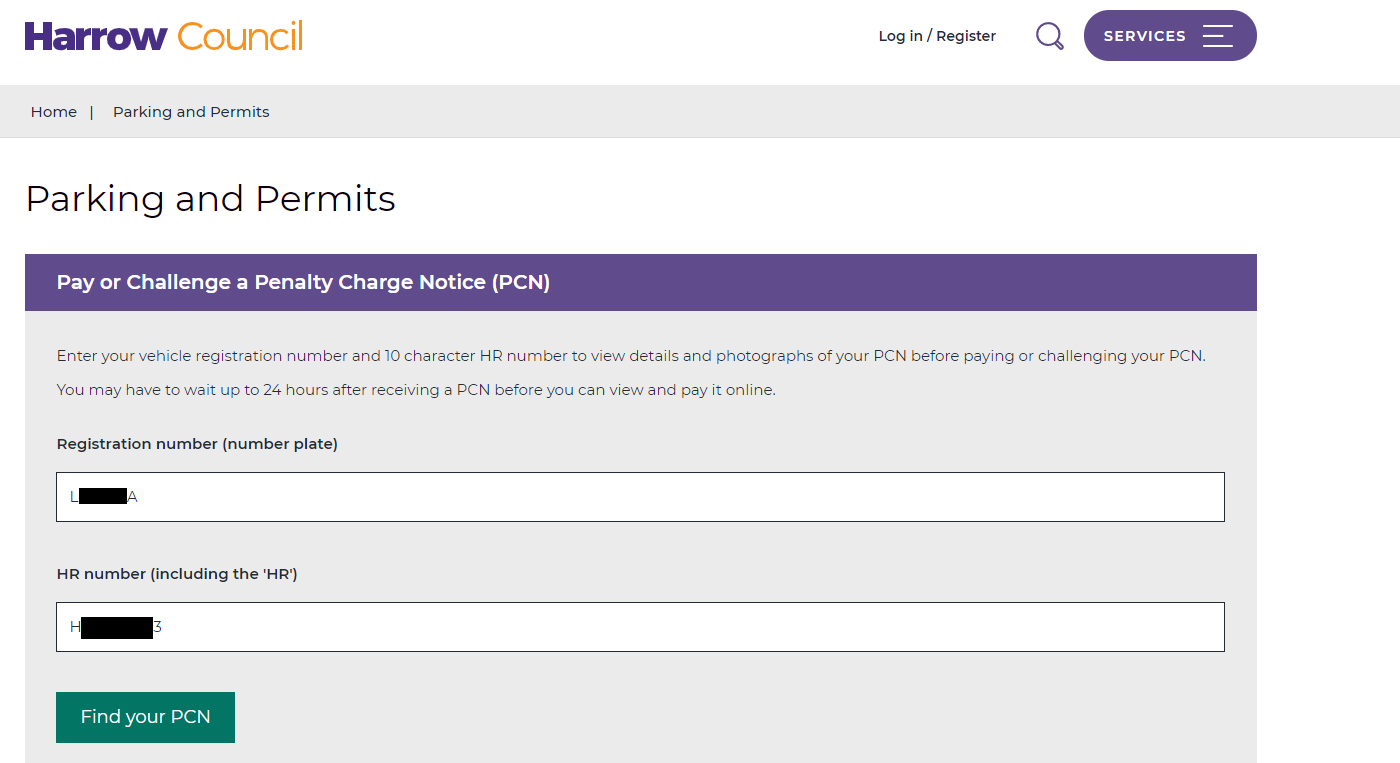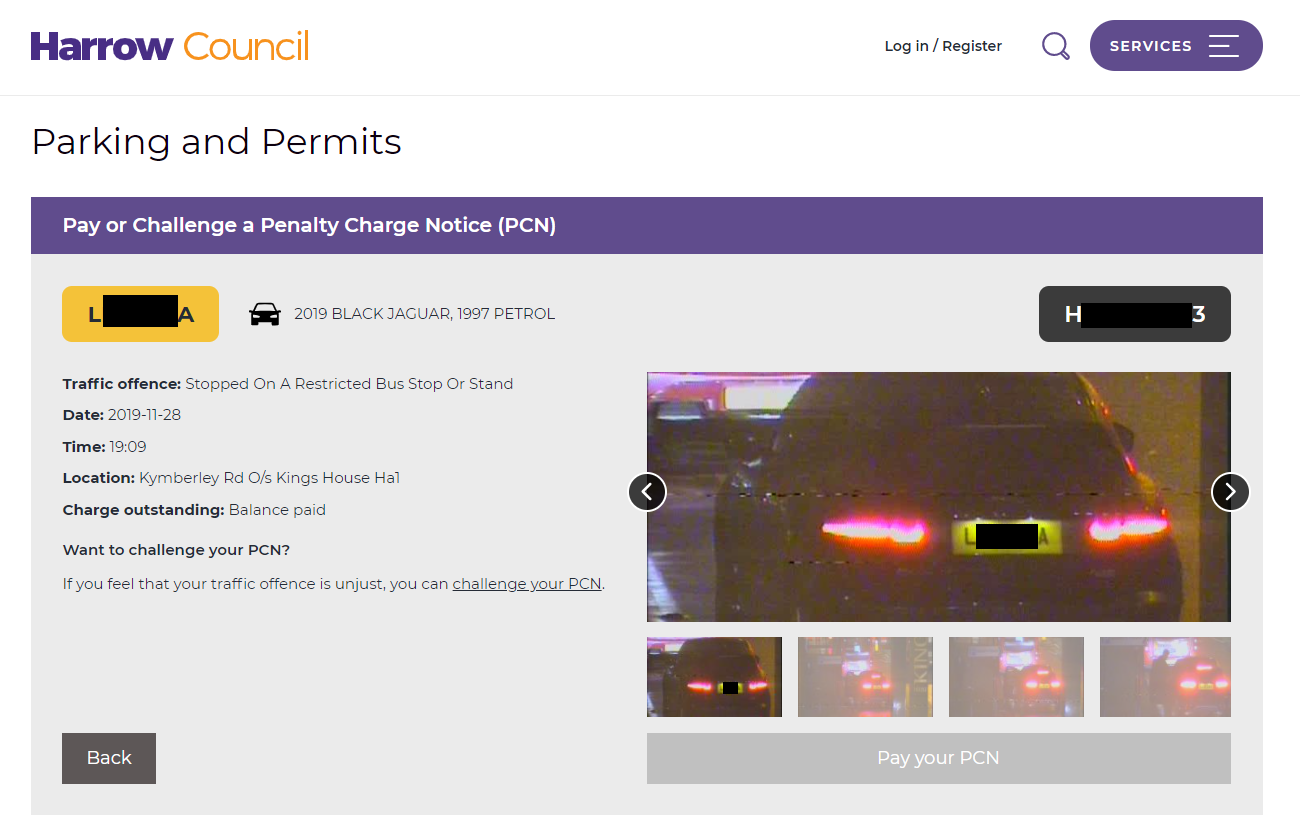
The Challenge
Harrow’s PCN form was one of the most heavily used parts of their website. With a recent revamp to the Harrow’s website and improved integration capability through FME, the council thought that they could improve this process – both for customers and back-office staff.
Previously, the customer would enter details into an online form hosted on the website to request further information. These details were then emailed over to a central inbox monitored by the Parking Team for officers to process throughout the day. Parking officers then found the details of the relevant ticket within their civil enforcement system (Civica), gathered images and processed the case before replying to the requester.
This back-and-forth process was time consuming, both for council staff and customers. It could take an officer up to 10 minutes to simply find the relevant data and respond to a request, without gathering images or further interacting with the customer. Officers can receive tens to hundreds of requests for information or challenges to PCNs per day.
The Solution
To replace the previous workflow, a three step FME process was created. Firstly, user enters their details into a widget built by Harrows web developer on the website, including their HR reference number (PCN Number) and vehicle registration. These details are then sent to FME Server which runs a workbench controlled by published parameters, which takes this information and creates them as attributes, as well as tidying and validating the data.
Next the penalty charge details are pulled from Civica, using an XML request to parking services. Data from parking services including date, time, location and cost are pulled and formatted. The workspace then calls to the DVLA API to retrieve vehicle data. When the data has been gathered, the workspace send an XML Post request to see if there are any images stored within the Civica database. If images aren’t available, FME tells the widget on the website not to display this section. If images are found, the workspace calls the images and their thumbnails from the parking system, stores them in Azure Blob Storage. The information is then put into a JSON response that is sent to the web service to tell the widget which objects to display.
The customer is then presented with the option to pay the fine or challenge the ticket. If they want to pay the fine, FME validates the data they’ve entered and pre-populates it into the authority’s payment processor. When a user chooses to challenge a ticket, the data is validated and a challenge form is populated using FME. Once either action is completed, FME writes out an XML file that is uploaded directly into Civica within 15 minutes of the form being submitted.
Throughout each stage of the workspace is an error handling process. If the FME workspaces do fail at any stage, the errors are sent to Harrow’s online cloud logging system. This ensures they’re logged appropriately and that the information can be accessed and relayed to the customer, even if part of the process fails. If an error is recognised, a JSON object containing the error details is pushed to the online widget which displays a message to the customer.

